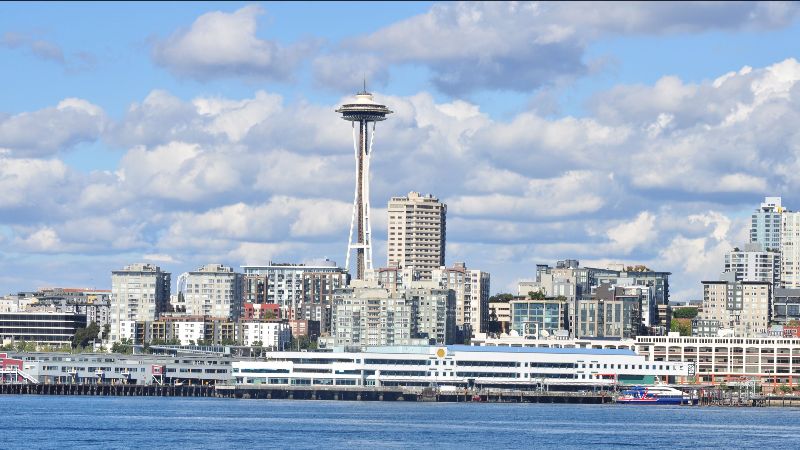Show up for the Port of Seattle’s last public meeting before public comment closes on its Land Stewardship Plan.
The Port’s Land Stewardship Plan outlines environmental stewardship policies for land that the agency owns (2,768 acres) – excluding North SeaTac Park. Any review of the Plan should be understood in the context of existing Port proposals to remove trees from an estimated 112 acres of land in this community and replace them with more industrial development.
The Plan’s Executive Summary states that it was created to ensure that the agency’s “stewardship of trees, forest, and other habitat provides maximum ecological and community benefit in balance with development and operational needs.”
People living in the Riverton Heights neighborhood, a mile or less from the airport, might disagree with the Port’s idea of balance when it comes to trees and clean air. In that community, directly under flight paths and surrounded by highways and industry, the Port plans to replace 26 acres of tree-covered land with two cargo warehouses. In other words, the Port will destroy trees that remove pollution and reduce heat in an already-polluted residential area and replace them with more sources of pollution and heat. These projects, dubbed C02 (appropriately) and C03, are within a few feet of houses and half a mile of daycare centers, a public school, and places of business and worship.
Riverton Heights is one of several neighborhoods facing this kind of swap-out of trees for roads, warehouses, and parking lots under Port plans. The development proposals themselves are not in the Land Stewardship Plan but, instead in the Sustainable Airport Master Plan (SAMP), or Real Estate Strategic Plan. But the map on page 49 of the Land Stewardship Plan indicates that, at least for Riverton, the Port is not contemplating ecological preservation.
Talking Points
To email comments that will be included in the meeting, send them by 9AM on the day of the meeting to commission-public-records@portseattle.org. Include your full name and topic.
- The Plan is highly complex and technical and will significantly affect people’s lives – but members of the public have only until January 5 to discover that it exists, let alone understand how it will affect them.
- It contains positive elements. For example, it outlines plans to connect and expand contiguous habitat areas, especially along waterways.
- The Plan does not appear to offer any process for slowing or halting existing Port proposals toremove trees from an estimated 112 acres of land in this community and replace them with more industrial development.
- Instead, it uses a mitigation approach, linking the preservation or rehabilitation of some natural areas with the destruction of others.
- This approach is inappropriate in the densely populated residential area near SeaTac Airport, which has among the sparsest tree canopy and highest levels of pollution, industrial heat, and noise in the county. There simply is no place to remove tree canopy here that will not harm human health.
- Unless the Plan preserves and expands tree canopy in all residential and significant wildlife habitat areas near the airport, it cannot fulfill its goal of applying “an equity and environmental justice lens to environmental land stewardship.”
- The Port must fundamentally alter its processes to adapt to the climate emergency. The removal of large areas of trees anywhere, especially from densely populated urban areas, is unacceptable.

